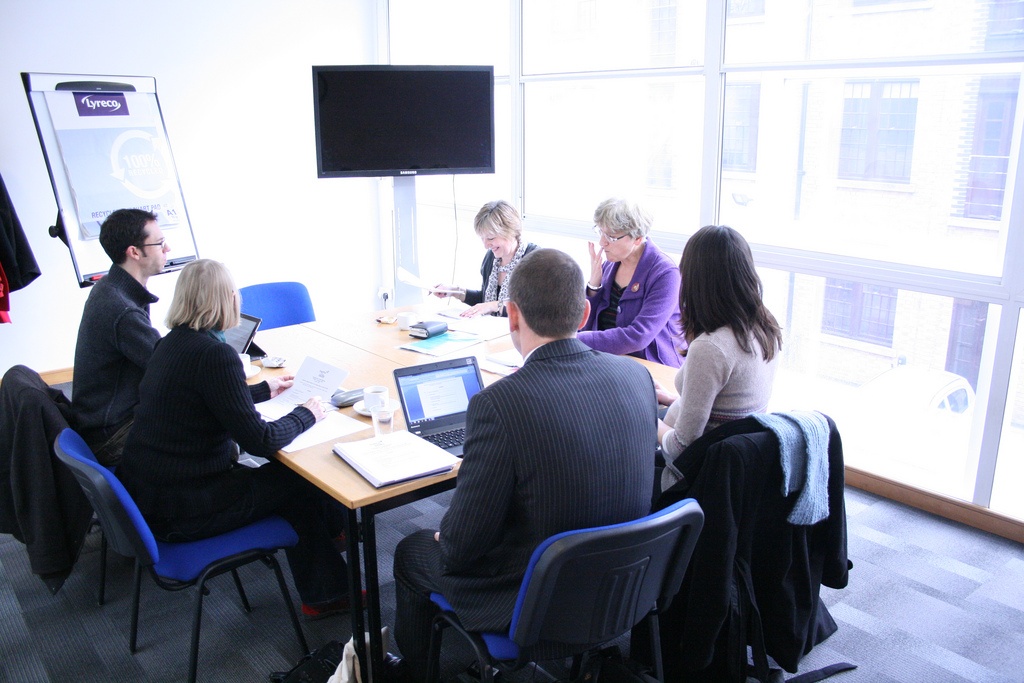Costly Mistakes That Ruin the Customer Experience

It’s actually really easy to create a powerful, positive customer experience, which is great, because 86% of customers are willing to pay more for a better experience, and most are willing to spend 13% more with companies that create a good one.
So, how do you do that? You just give the customer whatever they want.
Now, obviously that isn’t practical. We have to make sure the account is profitable. We have to balance the customer’s wants with the business’ goals.
That doesn’t mean, however, that the customer’s needs and the business’ needs oppose one another. It’s possible to settle into a space where both parties get what they want.
Nearly every team within a SaaS organization represents the business, except the customer success team. Customer success managers (CSMs) represents the customer, so our job is to make their experience positive, so they stick around.
But our work isn’t bound to the customer success team. As the only customer advocate within the organization, we have a unique perspective. It’s our job to work with other teams to improve the experience. Or in many cases, fix problems that could disrupt it.
Today I want to talk about some big mistakes many SaaS organizations are making with their customer experience. As a CSM, it’s your job to identify pitfalls like these and do whatever it takes to repair them, even if means working closely with product, sales, marketing, support, or any other team.
Mistake #1: Not using the feedback you’ve been given

Every nugget of feedback your customers give you is absolute gold. It either validates what you’re doing right (so you know to do more of it) or tells you what you’re doing wrong. When you ignore feedback, regardless if it is positive or negative, you’re depriving customers of a potentially better experience.
Keep in mind that 96% of your customers will never complain, but they will tell their friends about their dissatisfaction. So any feedback you get is only a fraction of what your customers are thinking. This means any comments that make their way to your ears are precious.
In most cases, responding to customer feedback means delivering those notes to the right people, often in other teams. If a customer found one of your top-of-the-funnel resources useful, the marketing team should be informed. Perhaps that document could be promoted more.
If a customer comments that the SaaS loads quickly, the product team should be told. Perhaps it would reinforce an assumption that users prefer speed over design.
If a customer complains that the product is confusing, that one might be on customer success. Perhaps the SaaS needs better help documentation, a clearer onboarding process, or a fundamental change with the help of the product team.
Any time you interact with a customer (whether that’s a phone call, survey, email, or even when you’re gleaning insights from a data report), take note of any feedback. Pass the relevant portions to other teams and immediately incorporate what matters to you.
Mistake #2: Creating the product and experience YOU want
This mistake is so damaging that it’s often the cause of SaaS organizations’ failures.
Older models of selling software applications were frontloaded. An organization would research, develop, and market their tool before they had any real data from actual users.
High-speed Internet and cloud computing changed much of that. Now a product can be released and adjusted, tweaked, repaired and optimized over time until they find a solid product/market fit (the Lean Startup mythology). In fact, most SaaS products are under continual development, even after they began making millions.
And yet, many SaaS tools are stuck in the old mindset. They design and build their product based on the vision of the founders. They aren’t willing to consider feedback and data that pull them away from that vision. They certainly aren’t willing to pivot to something more viable.
A well-built SaaS is customer-centered. It’s built to please customers so they find it valuable and continue to pay for it. If customers want to buy option A over option B, then option A is what you should sell, regardless of what you, another team, or the C-suite prefers. (Interestingly, this is the original meaning of the phrase “the customer is always right.”)
For example, your product isn’t intuitive because you say it is. If your customers are struggling to learn your tool, it’s not because they’re “bad with computers” or “not giving it their focus.” Accept that a positive experience includes more training, documentation, and better onboarding, and make it happen.
Trying to force a customer into an experience they don’t want is a quick way to push them away. Use data and feedback to find out what the customer expects out of their interactions with you or your product and give it to them.
Mistake #3: Not delivering results (or delivering inconsistently)
Your customers give you money, and in return they expect access to your tool. If your tool is unavailable too often, your customers are going to find someone whose tool is accessible. Simple formula, right?
Of course, it goes deeper than that. Your customers expect to achieve a certain result with your tool or their experience will be disrupted. In fact, customer success is about ensuring the customer achieves that result as thoroughly as possible.
If a social media scheduling tool screws up the publishing queue, the customer will be upset. If an identity access management tool gives out incorrect permissions, they’ll be upset. If a payroll tool calculates taxes improperly, they’ll be upset. If a tool fails to meet its as-advertised compliance standard, the customer will be upset.
These gaffs don’t have to happen all the time to ruin the experience. A customer only has to fear that they’ll happen. A failure during a busy season or minor bug that caused the customer to lose money can damage your relationship, even if those mistakes are rare.
So you have to maintain quality and consistency all the time. Making them feel like they’re taking a gamble is just as bad as not delivering. You can bolster the customer experience by making sure the product’s promise is always delivered and the pieces that deliver the core value are never interrupted.
That said, mistakes happen, and if you spin them properly, you can sometimes create a better experience. Business growth specialist Greg Hixon says it well:
“Believe it or not, in my experience, a good recovery from a mistake can have an even better positive impact on a customer than the type of impact they receive from a fast, flawless transaction, as long as mistakes normally never happen. Complete transparency about the mistake, a good humble attitude, a sincere apology, and a token of appreciation for the customer who is the victim of your mistake will not only make it right, it will cement the loyalty and provide word-of-mouth marketing from that customer.”
Monitor the experience by talking to your customers

Data and metrics will help you understand and improve the customer experience, but you also have to dig in and actually speak to your customers. It’s tough to get personal at scale, so use email automation and surveys to get comments. Give them something in exchange if you have to.
But you should especially connect with your higher touch customers – the ones who use the product the most, spend the most, and are most likely to recommend your product to other people. Building relationships with these users is critical, which is why it’s part of your quarterly business review process.
If you cement the mindset in your customer success team (and the whole organization) that the customer experience is something that can be actively managed, you’ll be able to prevent the most costly mistakes.
